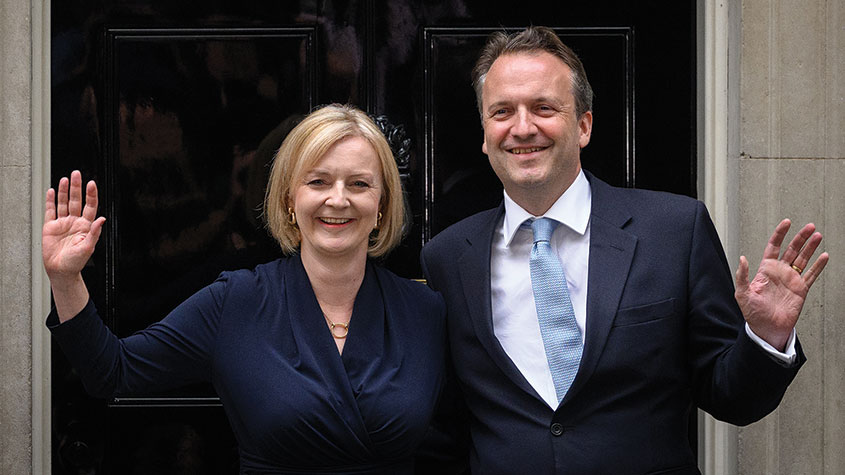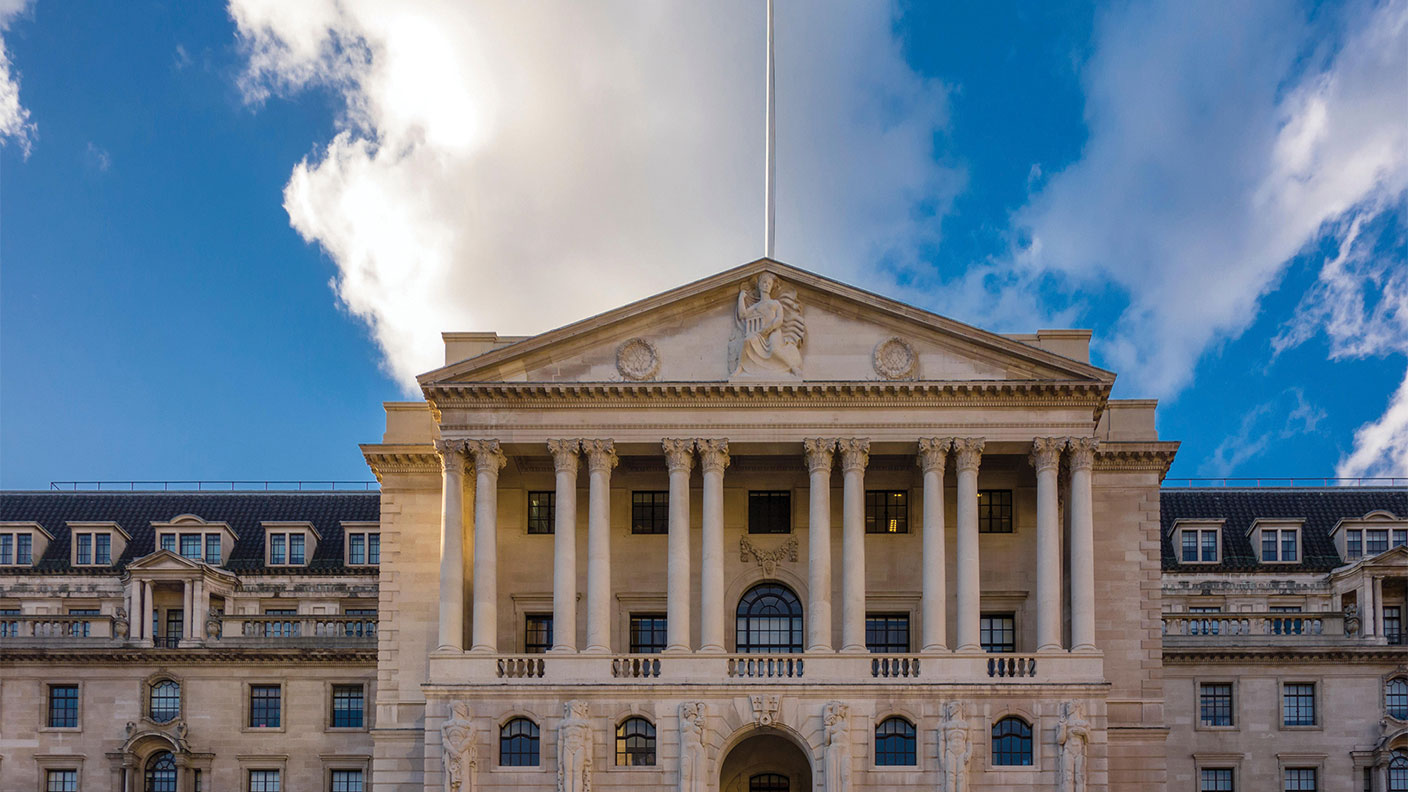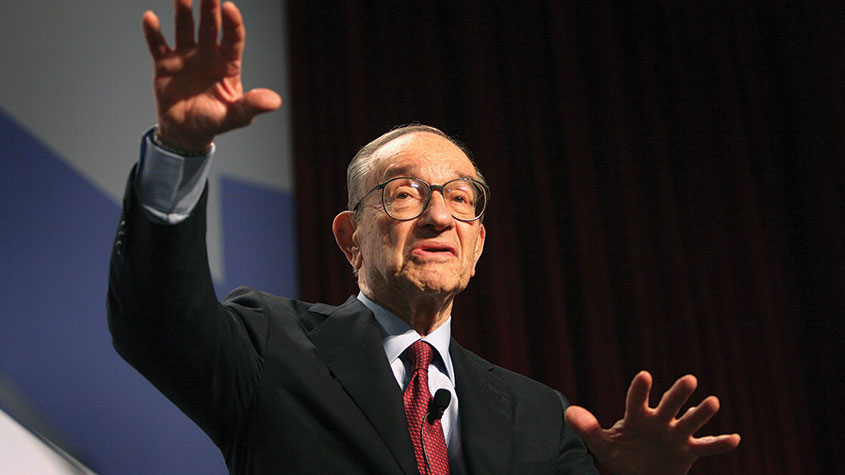Measuring the markets' malaise
Investors have plenty to worry about, but the end of the world is not nigh, says Merryn Somerset Webb. Just position your portfolio accordingly.


One way of measuring market sentiment is to look at how far the average stock falls when it issues a profit warning. Do that in the UK at the moment and it sums up the general malaise in the investing community quite nicely. In the depths of the eurozone crisis of 2011, if your profits disappointed, the average hit to your share price on the day of the warning was around 17% (in normal times it is more like 10%). Back in 2008 (when the financial world really was on the brink of going to hell in a handbasket) it was slightly more than 20%. By the end of last year, according to Montanaro Asset Management it was 21%.
Yes, investors today are, on this measure at least, even more jittery than they were in the heat of the global financial crisis when the cash machines were just a heartbeat away from grinding to a halt across the developed world. That would make sense perhaps if the UK market was super expensive (as the US still is). But it isn't. The market as a whole is trading on a forward price/earnings (p/e) ratio slightly below its long-term average and a cyclically adjusted p/e (Cape which takes account of fluctuations in earnings that are mainly due to the business cycle) slightly above it.
It's a similar story in Europe, and on the same measures there are some parts of the world that look positively cheap: Japanese equities are trading below their long-term Cape and emerging markets as a whole, having had a hideous year in 2018 (falling by 17% overall), very much below theirs (12 times against 16 times). This isn't necessarily to suggest there is a giant bull market in the making, just that a nasty bear market, while possible, isn't a given.
MoneyWeek
Subscribe to MoneyWeek today and get your first six magazine issues absolutely FREE

Sign up to Money Morning
Don't miss the latest investment and personal finances news, market analysis, plus money-saving tips with our free twice-daily newsletter
Don't miss the latest investment and personal finances news, market analysis, plus money-saving tips with our free twice-daily newsletter
Turn to the Alex cartoon in this week's issue and you will see the exact mindset driving today's market misery. Brexit, the US government shutdown, trade wars, the tech wreck of the end of last year according to Clive and Alex (who are a little too scarily realistic for comfort), all these things mean the future is clearly hellish. Any bump in the market is therefore to be seen as an opportunity to sell and run.
But what if Brexit isn't awful? What if it is possible for Donald Trump to be president of the US and for the US to simultaneously be resilient? What if underlying the things that look scary there are scores of good corporations doing well and start-up firms looking fantastic as technology democratises entrepreneurship? The point here is one that Pippa Malmgren, author of Signals, often makes to me.
Investors want simplicity and certainty as much as anyone else. So they create imaginary binary futures to wrap around their portfolios. But the future isn't binary at all. It's complicated and blurry. Yes, global politics is a bit iffy. Yes, the beginning of quantitative tightening (QT) is not good for asset prices. And yes, the German and Chinese economies are a bit of a worry. But no, the end of the world is not nigh (probably). With that in mind we would suggest that the market right now is as much at risk of "melt up" as meltdown.
You need to invest for both possibilities. How? Max King might have some of the answers and Nick Train has a few more. And in this week's cover story, we lookat the classic middle-way route toinvesting success looking for long-term sustainable dividends, something that is particular vital now that inflation is back.
Get the latest financial news, insights and expert analysis from our award-winning MoneyWeek team, to help you understand what really matters when it comes to your finances.
Merryn Somerset Webb started her career in Tokyo at public broadcaster NHK before becoming a Japanese equity broker at what was then Warburgs. She went on to work at SBC and UBS without moving from her desk in Kamiyacho (it was the age of mergers).
After five years in Japan she returned to work in the UK at Paribas. This soon became BNP Paribas. Again, no desk move was required. On leaving the City, Merryn helped The Week magazine with its City pages before becoming the launch editor of MoneyWeek in 2000 and taking on columns first in the Sunday Times and then in 2009 in the Financial Times
Twenty years on, MoneyWeek is the best-selling financial magazine in the UK. Merryn was its Editor in Chief until 2022. She is now a senior columnist at Bloomberg and host of the Merryn Talks Money podcast - but still writes for Moneyweek monthly.
Merryn is also is a non executive director of two investment trusts – BlackRock Throgmorton, and the Murray Income Investment Trust.
-
 How to protect property in a divorce – and the common mistakes to avoid
How to protect property in a divorce – and the common mistakes to avoidThe festive period can sadly push some marriages to breaking point, forcing couples to consider what will happen to their property after divorce.
-
 Why you fear money – and how to fix it: MoneyWeek Talks
Why you fear money – and how to fix it: MoneyWeek TalksPodcast MoneyWeek's digital editor, Kalpana Fitzpatrick, speaks to financial psychotherapist Vicky Reynal about how to change your money mindset for the better.
-
 Inflation may be slipping but there is still plenty of misery ahead
Inflation may be slipping but there is still plenty of misery aheadEditor's letter Inflation may be a little lower than last month as the prices of petrol and diesel fall back, but it remains structural and long-term, says Merryn Somerset Webb. And there are no painless solutions.
-
 Beat the cost of living crisis – go on holiday
Beat the cost of living crisis – go on holidayEditor's letter As inflation rages, energy bills soar and the pound tanks, what’s a good way to save money this winter? Go on holiday, says Merryn Somerset Webb.
-
 How to tackle rising inflation and falling stockmarkets
How to tackle rising inflation and falling stockmarketsEditor's letter Inflation is rising around the world. Even though inflation is widely expected to return to around 3.5% next year, it is still wreaking havoc. Merryn Somerset-Webb explains what to do about it.
-
 How capitalism has been undermined by poor governance
How capitalism has been undermined by poor governanceEditor's letter Capitalism’s “ruthless efficiency” has been undermined by poor governance, a lack of competition and central banks’ over-enthusiastic money printing, says Andrew Van Sickle.
-
 Don't be scared by economic forecasting
Don't be scared by economic forecastingEditor's letter The Bank of England warned last week the UK will tip into recession this year. But predictions about stockmarkets, earnings or macroeconomic trends can be safely ignored, says Andrew Van Sickle.
-
 The biggest change in the last 17 years – the death of the “Greenspan put”
The biggest change in the last 17 years – the death of the “Greenspan put”Editor's letter Since I joined MoneyWeek 17 years ago, says John Stepek, we’ve seen a global financial crisis, a eurozone sovereign debt crisis , several Chinese growth scares, a global pandemic, and a land war in Europe. But the biggest change is the death of the “Greenspan put”.
-
 The wolf returns to the eurozone’s door
The wolf returns to the eurozone’s doorEditor's letter The eurozone’s intrinsic flaws have been exposed again as investors’ fears about Italy’s ability to pay its debt sends bond yields soaring.
-
 Things won't just return to normal – that's not how inflation works
Things won't just return to normal – that's not how inflation worksEditor's letter You might think that, if inflation is indeed “transitory”, we just need to wait and everything will return to “normal”. But this is a grave misunderstanding of how inflation works, says John Stepek.
